Are you tired of dealing with hair problems? Does your hair feel weak and brittle or is it thinning? It's time to stop the damage and get to know more about the difference between hair breakage and hair loss. In this article, we will look at the key distinctions between these two conditions, equipping you with the know-how to identify and address them effectively. We will guide you on preventing and treating both hair breakage and hair loss.
Hair Breakage and Hair Loss
Hair loss involves the shedding of hair from the root. According to the American Academy of Dermatology, we shed about 50 to 100 hair strands daily. This is normal hair loss that occurs throughout the year and is a part of the natural hair cycle. Hair loss becomes a problem only when it is excessive, a symptom caused by various external and internal stressors.
On the other hand, hair breakage occurs when the hair shaft becomes weak and snaps off, leading to shorter and uneven hair strands. It mainly affects the mid-shaft and ends of the hair. This can be particularly seen in dry, damaged and brittle hair. External stressors are usually to blame for hair breakage.
Causes of Hair Loss
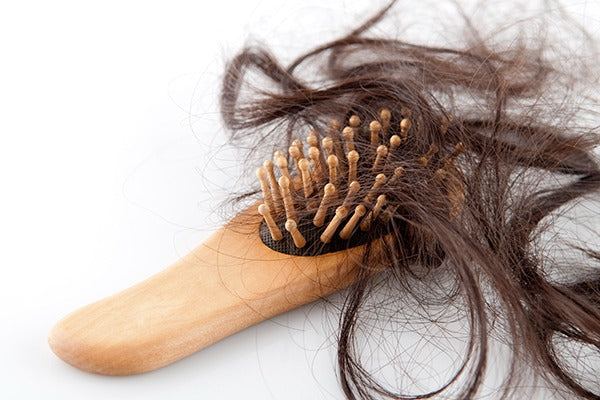
Understanding hair loss is crucial to addressing concerns about your hair's overall health. Hair loss can be temporary or permanent. It can have various causes, such as genetics, age, hormonal changes, certain medications, scalp infections and nutritional deficiencies.
While all these factors can affect your hair health and result in hair loss, poor hair care practices and hygiene and using the wrong hair care products can also contribute to hair thinning and shedding.
This is where the causes of hair loss overlap with those of hair breakage. So, next, let’s look at why hair breakage could happen.
Causes of Hair Breakage
A common cause of hair breakage is styling and harsh treatments. Frequent use of heat styling tools, as well as chemical treatments such as perming, relaxing, and colouring, can weaken the hair shaft and make it more prone to breakage. This can cause heat-damaged hair, leading to breakage and hair fall. Additionally, brushing or combing your hair too vigorously or using the wrong type of hairbrush can also contribute to hair breakage.
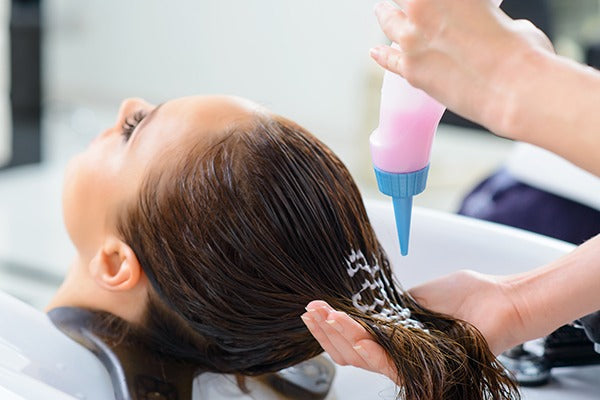
Another factor that can contribute to hair breakage is environmental damage. Exposure to excessive sunlight, wind, and dry climates can remove moisture and natural oils, leaving it brittle and prone to breakage.
Tight hairdos, such as ponytails and braids, can also contribute to hair breakage. When your hair is tightly pulled back and secured, it places undue stress on the strands, leading to breakage over time. Opt for looser hairstyles that allow your hair to flow freely and avoid using rubber bands or elastic hair ties that can cause friction and breakage. Also, be mindful of any hair accessories, such as clips or pins, that may snag or pull on your hair.
Nutritional deficiencies can contribute to hair breakage. A deficiency of vitamins and minerals, such as iron, biotin, and vitamin E, can weaken the hair and make it more prone to breakage.
Lastly, inadequate hair care and maintenance can also play a significant role in causing hair problems and hair breakage. Not properly conditioning your hair can leave it dry and brittle, making it more susceptible to breakage. Using harsh shampoos or over-washing your hair can strip away its natural oils, weakening strands.
Now that you’re familiar with why hair breakage and hair loss happen, you can take proactive steps to prevent it and promote stronger, healthier hair. In the next section, we will provide valuable tips for safeguarding your locks.
Preventing and Treating Damaged Hair
Hair breakage treatment requires a multi-faceted approach that addresses both external and internal factors. Firstly, it's crucial to handle your hair gently and avoid excessive pulling or tugging, especially when it's wet. Opt for a wide-toothed comb to minimise tension and breakage. Additionally, using heat styling tools sparingly and applying a heat protectant serum, such as the Hair Protection Serum or Intensive Hair Care Serum, can help safeguard your strands from damage caused by high temperatures.
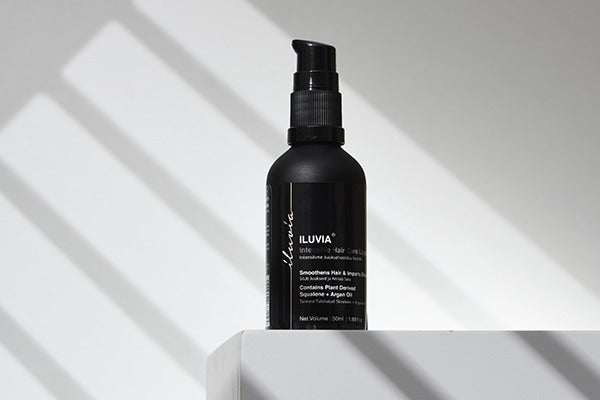
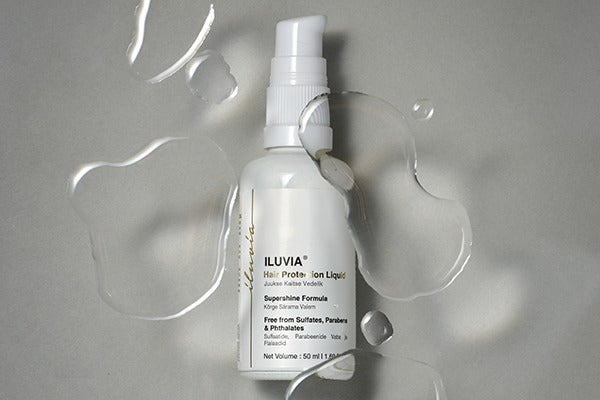
Furthermore, be mindful of the products you use on your hair. Harsh chemicals can remove natural oils and weaken the hair shaft, making it more breakable. Opt for the best shampoos and conditioners for dry hair and damage that are specifically formulated to nourish and strengthen the hair. Deep conditioning treatments can also be beneficial in providing extra moisture and protection.
While external factors play a big role in hair breakage, internal factors should not be overlooked. Nutritional deficiencies can contribute to weakened hair, making it more susceptible to breakage. In addition to external and internal care, maintaining a regular hair care routine is essential. Avoid going too long between haircuts, as split ends can travel up the hair shaft. Trimming your hair regularly helps maintain healthy ends and prevents further damage.
A major part of a regular hair care routine is using the proper hair care products for your hair type. Invest in a high-quality hair care product combination that addresses the specific concerns you have with your hair and follow the label instructions carefully to get the most out of your hair wash.
Damaged and Dry Hair Treatment
When it comes to hair treatment for damaged hair and addressing both hair breakage and hair loss, an effective hair care routine is crucial. By using iluvia’s Pro Maintenance System, you can ensure the well-being of your hair.
Made for dull, dry and damaged hair, the Pro Maintenance System is designed to cleanse, strengthen and protect porous and damaged hair that is prone to breakage and shedding.
Start by washing your hair with the Sulfate Free Shampoo – the best shampoo for damaged hair. Unlike regular shampoos that can strip the hair’s natural lipid barrier, iluvia’s sulfate free and pH-balanced shampoo uses a micro-emulsion technology to effectively cleanse the hair and maintain damaged hair from further damage, also contributing to hair repair.
Apply the Hair Repair Mask to damp hair. When combined with the Sulfate Free Shampoo, it helps maintain the hair’s lipid barrier. The humidity-repelling mask naturally tames frizzy and brittle hair and prevents breakage. It also provides the hair with a long-lasting softness.
Lastly, apply a few drops of the Hair Protection Serum at the end of your hair wash to protect your hair from heat and environmental damage, such as moisture, pollutants and UV light, all causes of hair breakage and loss. It also imparts shine and increases manageability.
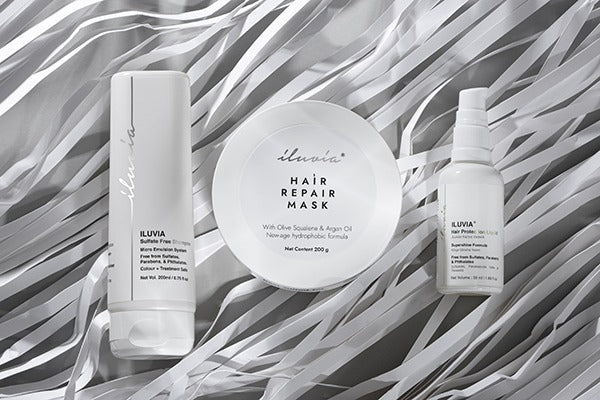
In conclusion, incorporating an effective hair care routine is key to addressing both hair breakage and loss. By handling your hair with care, using an appropriate hair treatment for damaged hair, deep conditioning regularly and maintaining a good diet, you can promote the overall health and vitality of your hair.
Head to iluviapro.com to get all your hair care questions answered.

